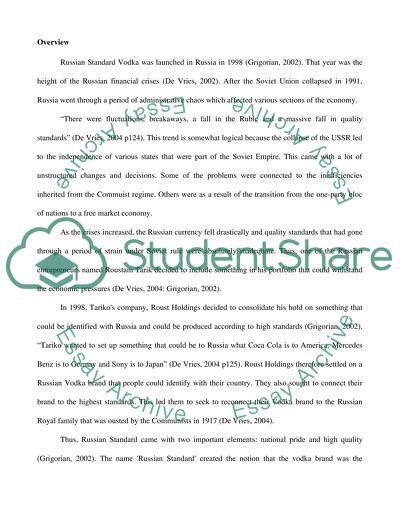Cite this document
(“Russian Standard Vodka: An Analysis of the International Expansion Dissertation”, n.d.)
Retrieved from https://studentshare.org/marketing/1395324-russian-standard-vodka-an-analysis-of-the-international-expansion-strategies-into-the-uk-markets
Retrieved from https://studentshare.org/marketing/1395324-russian-standard-vodka-an-analysis-of-the-international-expansion-strategies-into-the-uk-markets
(Russian Standard Vodka: An Analysis of the International Expansion Dissertation)
https://studentshare.org/marketing/1395324-russian-standard-vodka-an-analysis-of-the-international-expansion-strategies-into-the-uk-markets.
https://studentshare.org/marketing/1395324-russian-standard-vodka-an-analysis-of-the-international-expansion-strategies-into-the-uk-markets.
“Russian Standard Vodka: An Analysis of the International Expansion Dissertation”, n.d. https://studentshare.org/marketing/1395324-russian-standard-vodka-an-analysis-of-the-international-expansion-strategies-into-the-uk-markets.


